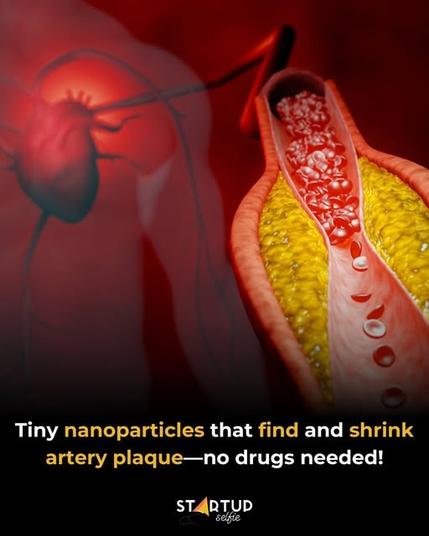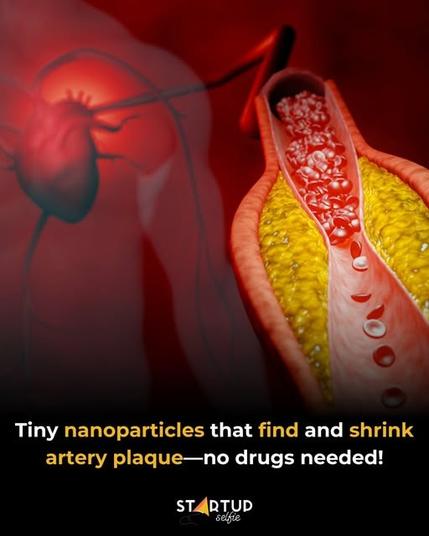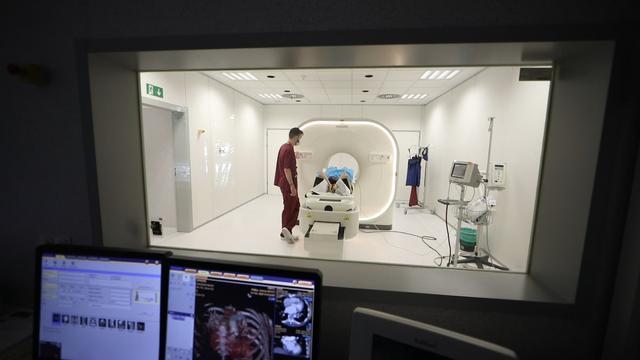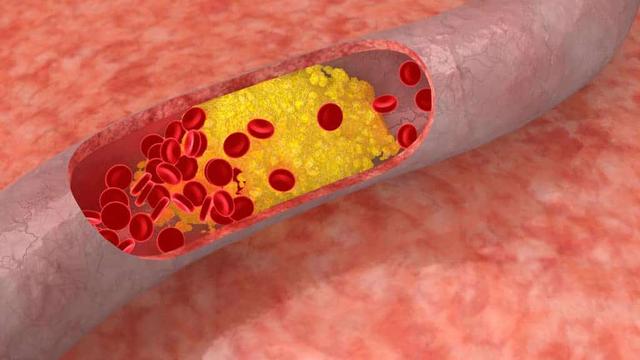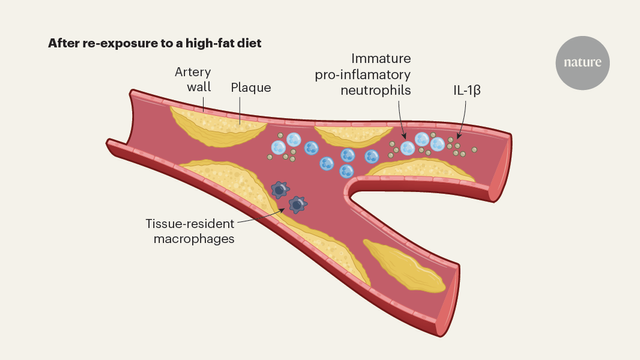Nanoparticles That Hunt Plaque and Heal Arteries? It’s Happening.
Imagine a tiny tool—thousands of times smaller than a human hair—that can find and shrink dangerous plaque in your arteries without traditional drugs. That’s exactly what researchers in Australia and Canada have developed with a new class of “theranostic” nanoparticles.
Called Por-NPs, these microscopic particles target the immune cells in artery walls that absorb cholesterol. When overwhelmed, these cells become foam cells and contribute to artery-clogging plaques—a major cause of heart attacks and strokes. The nanoparticles not only detect these trouble spots using fluorescence or PET scans, but they also reduce inflammation and help these immune cells unload cholesterol, disrupting the cycle that drives heart disease.
In tests on mice prone to atherosclerosis and fed a high-fat diet, the results were striking: plaque size shrank by up to 52%, and inflammation dropped dramatically. Most of the nanoparticles then traveled safely to the liver—where they deposited the excess cholesterol for natural processing.
This dual-action approach is still experimental but holds promise as a powerful new way to see and treat cardiovascular disease at the same time—possibly even before symptoms appear.
The research was published in the journal Materials Today Bio.
Heart health & disease focus
#HeartHealth #Cardiovascular #Atherosclerosis #HeartDisease #StrokePrevention
Nanotech & biomedical innovation
#Nanomedicine #Nanoparticles #Theranostics #MedicalNanotech #AdvancedMaterials
Research & science
#MedicalBreakthrough #Biotech #TranslationalMedicine #FutureOfMedicine #CuttingEdgeScience
Regional / discovery angle (optional)
#AustraliaResearch #CanadaResearch #GlobalHealthInnovation
